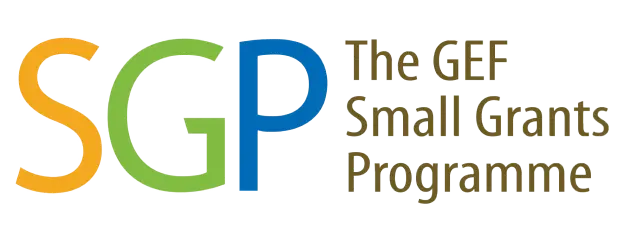POS-KUPANG.COM Reporter Report, Ray Rebon
POS-KUPANG.COM | KUPANG– Director of the Pikul NGO, Torry Kuswardono, said that Pikul is an umbrella organization of eight other NGOs that have been working since 2018 on Semau Island.
“NGO Pikul is tasked with directing and being an advisor as well as harmonizing several programs on Semau Island,” he said to POS-KUPANG.COM, Saturday (24/10).
He explained that the aim of NGO Pikul and OCD Beach and Cafe together with other organizations at Uiasa Beach, was that this program was not solely about developing ecotourism. But it is related to conservation.
Developing marine conservation, according to Torry, is an entry point to maintaining the marine ecosystem on this ancient coast.
“We are trying to use this program here because Uiasa Beach has a coastline with relatively good coral reefs and can be good, so that tourists and residents in this village can maintain the ecosystem on this beach and can look after it,” he explained.
Furthermore, said Torry, the Pikul NGO also does not want to encourage ecotourism where visitors come to just take selfies on this beach, but rather can explore the good nature and maintain the cultural riches that exist in this village.
“There is a lot of cultural richness on Semau Island, one of which is in Uiasa Village,” he said
The cultural richness that exists on Semau Island, such as the story about Tanjung Kurung which originates from Uiasa Village and how the Helong people originated on Semau Island, all originate from Uiasa Village.
He explained that they do not encourage mass and limited ecotourism. But it has a direct influence on the village community.
“We do not encourage mass and limited ecotourism, but we encourage and have a direct influence on village communities,” he explained
He said, for example, if there is construction of expensive hotels and resorts, this will result in the local community not being able to participate directly. However, by building community-based ecotourism, such as camping grounds and tourists who can sleep together in people’s homes, this can build closeness between visitors and the community.
So that people who want to travel do not only want to travel, but at the same time they can get to know and explore the cultural riches that exist in these tourist attractions.
“Semau Island has almost lost some of its cultural riches, such as its culinary culture. “We are trying to revive this so that it can be passed on to their children and grandchildren,” he said
This can also be a source of genetic wealth, for example, such as the typical black pulut waji food managed by women in Uiasa Village. However, this black pulut waji is not made from ordinary black pulut rice, but from black rice typical of all people.
The original black rice from Semau Island is almost extinct, because only a few people grow it. So it was revived to plant black rice, because it is related to culture.
“One example, in ancient times, in traditional activities, when entering, they asked to use a cucur cake. “However, the cucur cake does not use ordinary flour, but must use black rice flour,” he added
This article was published on pos-kupang.com with the title Director Pikul: NGO Pikul Covers 8 Other NGOs Working on Semau Island, https://kupang.tribunnews.com/2020/10/24/direktur-pikul-lsm-pikul-memayungi-8-lsm-lain-yang-bekerja-di-pulau-semau?page=all.
Editor: Ferry Ndoen

